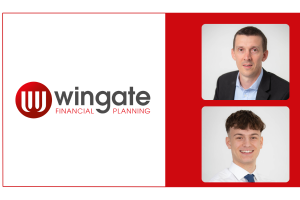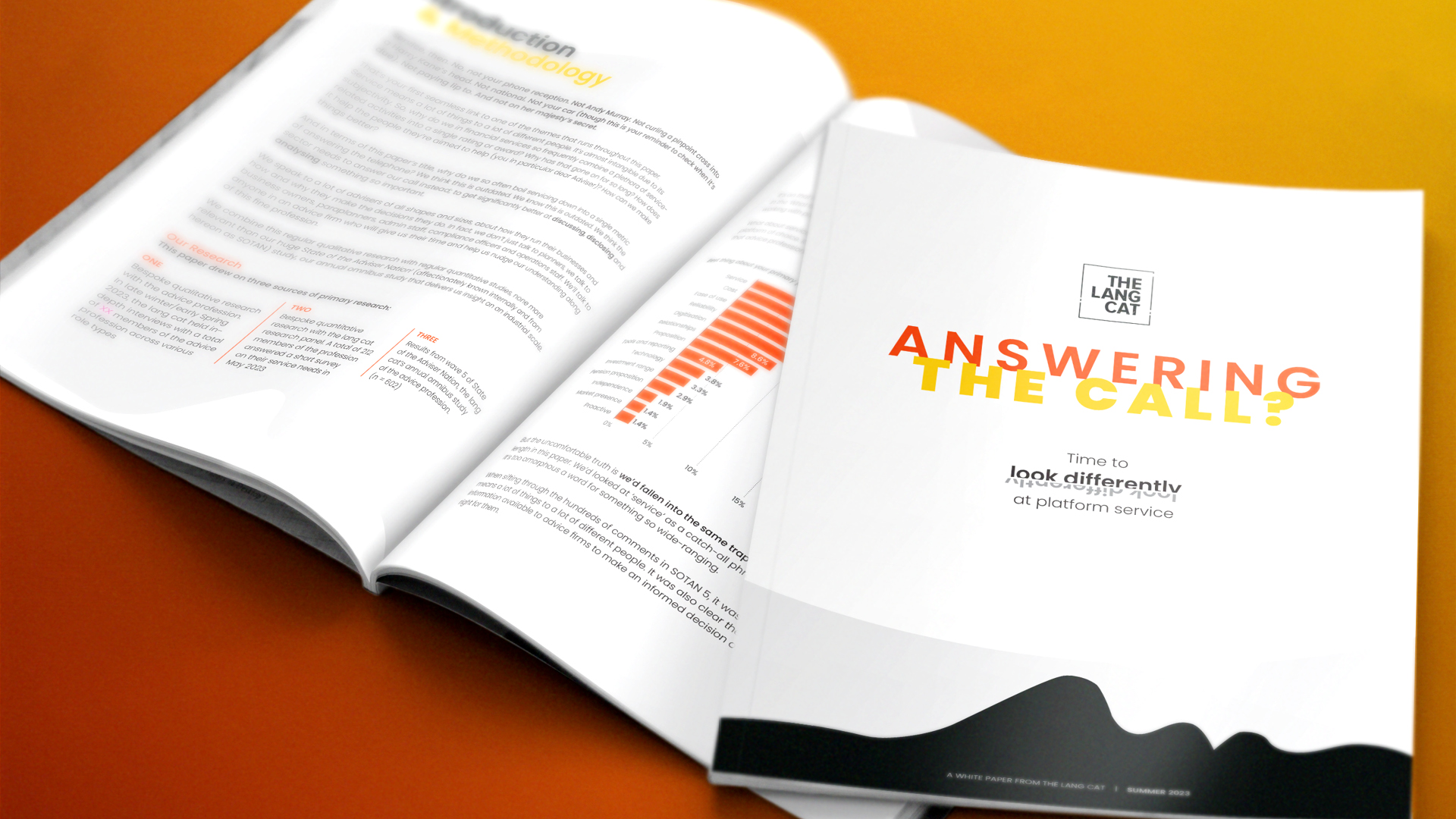So I had an interesting day yesterday at the Platforum regional roadshow in sunny Polmont (aim for the big oil refinery, you can’t miss it, unless you’re Holly). Lots of good sessions, free flip-flops on the Aviva stand and, most importantly, Rory Percival, the FSA’s technical specialist on platformy things.
Incidentally, Glasvegas wrote a song once called ‘Polmont On My Mind’. You can watch it here:
Good, huh?
Anyway, the point of this blog is to share some of the stuff that Rory covered in his session on platforms, pricing, Centralised Investment Propositions (CIPs), naughtiness and devilment. The first thing to say is that it takes serious guts (and pads and a helmet) for a regulator to ‘do’ events like this, and Rory has a great track record of getting out there and speaking as openly as he is permitted to IFAs. We may not like everything the FSA does, but kudos to those who get out of Canary Wharf and face their audience.
The discussion was wide ranging and I can’t do it all here, but I’ll pick out what I thought were the headlines.
How many platforms? – this inevitably came up. Rory encouraged IFAs to use what he called common sense and what I call your noddle (hence the title). One platform per segment of your clients – likely to be OK. One platform for all clients (unless they truly are homogenous and as such are a de facto segment anyway) – not so much. So if your practice follows a bell-curve distribution, you might be able to see 80% of your business go onto one platform. But very low net worth and very sophisticated clients (for example) might not fit. What FSA want is for IFAs to think about suitability for the client rather than for the practice.
2-step process – I think we’ll be seeing more of this in the forthcoming platform paper. There are 2 stages for IFAs to think about – firstly, selecting a platform for their business. That’s all about due diligence, best fit, cultural alignment, sustainability and all that good stuff. Once that’s done, we’re onto client suitability and the common sense stuff from the previous point applies. So once you’ve selected your platform, you still need to prove client suitability each and every time you use it.
Judgement call – Your FSA inspectors or whatever they’re called now are mainly doing ‘judgement-based’ regulation. That’s good and bad. Good – they have flexibility and if they get the sense that things are OK and (for example) you’re just not quite documenting things right, they can tick the happy box and just have a word. Bad – you will get different outcomes round the country. To me this means that sound record-keeping and positive engagement with your inspector is Job One for any advisory practice.
Write stuff down – no, really, do. It’s a drag, but the regulator needs to see your processes properly documented. This is behind a lot of the ‘unclear’ stuff from GC12/6 (read more on that here).
CIPs – pretty much the same stuff – use the noddle, don’t shoehorn clients into something that suits you, not them. When talking about costs and assessing suitability, use the costs for hosting the CIP on your chosen platform, not costs for the CIP or platform in isolation. This sounds common sense, but folk aren’t doing it. What they’re looking for is a ‘single solution cost’ – which isn’t as easy as it sounds. The FSA do NOT have a problem with you using CIPs (except DIFs, which are a whole other basket of muffins). They DO have a problem with you using them unthinkingly. Not too unfair?
Charges – picking up on the judgement call bit above, FSA wants you to use and evidence your judgement as to when a cost differential between solutions (not just platforms) is important. 5bps doesn’t sound much, but if you’ve got a cool couple of million it makes a big difference. £12.50 trading costs don’t sound too bad, but if you’ve only got £10k it’s a big drag on your fund. And so on. Really what I heard was that they want to see a mind at work, case by case.
Changing platforms – FSA don’t expect you to chop and change quarterly or even yearly. Or even 2-yearly. They do expect you to keep a regular eye on the market and to document what you find. Rory gave an example of good practice – a formal, documented review every 18 months and an ad-hoc review when a major market event occurred (perhaps a big change in price from the largest platforms). Bad practice (I’m paraphrasing) – “yeah, we’re into the platform market, really interested, sort of thing, so we just keep up with what’s happening, like.”
Conflicts of interest – adviser shareholdings in platforms do cause a potential conflict of interest. There isn’t an actual conflict until you do something naughty like shoehorning (I love that word). This potential conflict must be actively managed. Simply disclosing it to clients isn’t enough. As a firm you need systems, processes, procedures and training to help staff make the right decisions for the client, and disclosure is the icing on the cake. If that’s done, client suitability comes first and everything is well documented, then there isn’t much for the regulator to go at.
Margin jacking & backhanders (my words) – there is an emerging trend of whizzo schemes where the distributor gets a backhander / volume override from the platform. Of course there are plenty of examples where the platform gets a bung from fund managers and whatnot as well. These are deeply iffy and after RDR will be strengstens verboten. I think a few big distributors might need to rethink some propositions out there. Margin jacking occurs where someone (usually a distributor) takes a Thing, which might be a platform, a tool, a fund or whatever, white labels it, and sells it on at an inflated rate above that which the customer could buy it without the pretty branding. I’m skating over the top of it, but we all know of deals where this happens. The FSA’s view seems to be that if you’re genuinely manufacturing a Thing, then you can be paid for that as a distributor. But if you’re not, you can’t, certainly not after RDR.
That’s the bulk of it I think. I won’t claim this is exact but it’s what my notes said and I hope I’ve captured the spirit of what was said from the stage. I thought it was really encouraging and quite pragmatic. I daresay many will disagree, but there is a way through all this stuff if you want to find it.




